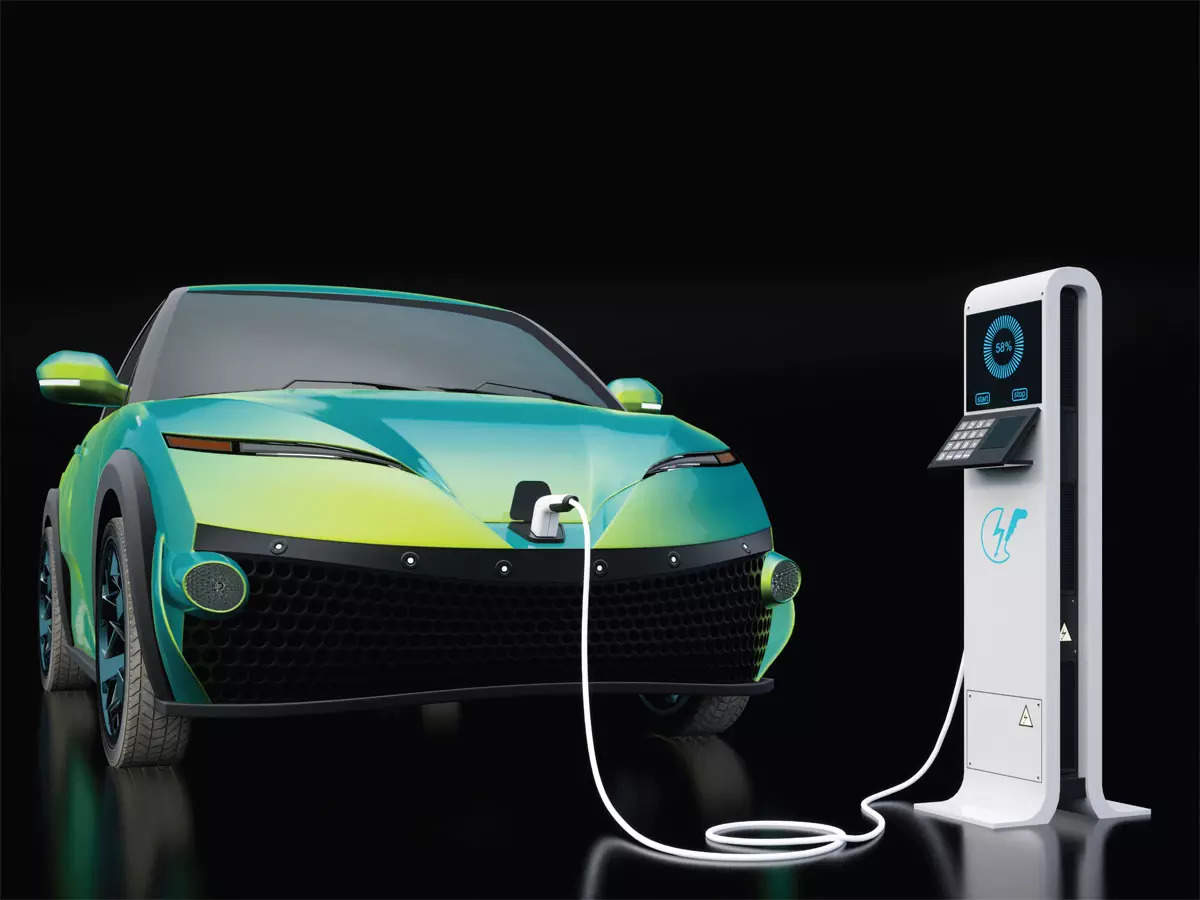Motor Cover: How Technology is Revolutionizing Car Insurance
Car insurance is a necessity for every vehicle owner, providing financial protection in case of accidents, theft, or damage. However, the cost of car insurance can often be a burden on drivers. To address this issue, the insurance industry is leveraging the power of technology to drive down the cost of car insurance. With the use of advanced devices, mobile apps, and safety features, insurance companies are able to offer discounts and rewards to policyholders, making car insurance more affordable and accessible. In this article, we will explore how technology is revolutionizing motor cover and its impact on the cost of car insurance.
The Role of Technology in Reducing Car Insurance Premiums
Technological advancements in the automotive industry have paved the way for innovative solutions that improve safety and reduce the risk of accidents. Insurance companies are now leveraging these advancements to offer lower premiums to policyholders. Let’s take a closer look at some of the key technologies driving down the cost of car insurance.
1. Immobilizers
Immobilizers are devices that prevent unauthorized access to a vehicle. They are designed to immobilize the engine and prevent the vehicle from starting without the correct key or key fob. By installing immobilizers in their cars, policyholders can significantly reduce the risk of theft, leading to lower insurance premiums.
2. Rear View Cameras
Rear view cameras, also known as backup cameras, provide drivers with a clear view of the area behind their vehicle while reversing. These cameras help drivers avoid collisions with objects or pedestrians, reducing the risk of accidents and potential insurance claims. Insurance companies reward policyholders who have rear view cameras installed in their vehicles with lower premiums.
3. Speed Governors
Speed governors are devices that limit the maximum speed of a vehicle. By preventing drivers from exceeding a certain speed limit, speed governors help reduce the risk of accidents caused by overspeeding. Insurance companies offer discounts to policyholders who have speed governors installed in their vehicles, as they are considered safer drivers.
4. Telematics Dongles
Telematics dongles are small devices that can be plugged into a vehicle’s onboard diagnostic port (OBD-II). These devices collect data about the driver’s behavior, such as speed, acceleration, braking, and mileage. Insurance companies analyze this data to assess the risk profile of the driver and offer personalized premiums based on their driving habits. Safe drivers who exhibit responsible behavior behind the wheel can enjoy significant discounts on their car insurance premiums.
5. Mobile Apps for Driving Behavior
Many insurance companies now offer mobile apps that track and analyze the driving behavior of policyholders. These apps use the sensors in smartphones to collect data on factors like speed, acceleration, braking, and cornering. By providing real-time feedback and tips for safer driving, these apps encourage policyholders to adopt responsible driving habits, leading to lower insurance premiums.
6. Anti-lock Braking Systems (ABS)
Anti-lock Braking Systems (ABS) are safety features that prevent the wheels of a vehicle from locking up during braking, allowing the driver to maintain control and steer the vehicle. Insurance companies consider ABS-equipped vehicles to be safer and offer lower premiums to policyholders who have this feature in their cars.
The Impact on Insurance Premiums
The use of technology in car insurance has the potential to significantly reduce insurance premiums for policyholders. By implementing these technological solutions, insurance companies can accurately assess the risk profile of each driver and offer personalized premiums based on their driving behavior. Safe drivers who adopt responsible habits can enjoy substantial discounts on their car insurance, making it more affordable and accessible to a wider range of individuals.
Moreover, the deployment of technology in car insurance promotes a preventive approach rather than a reactive one. By incentivizing safe driving behavior and offering rewards and discounts, insurance companies are encouraging policyholders to be more cautious on the road, leading to a decrease in accidents and insurance claims. This not only benefits policyholders by reducing their insurance premiums but also contributes to overall road safety.
The Future of Car Insurance
As technology continues to advance, the future of car insurance looks promising. Insurance companies are exploring new avenues, such as artificial intelligence and machine learning, to further enhance their risk assessment capabilities. These technologies can analyze vast amounts of data, including driving patterns, weather conditions, and traffic congestion, to accurately assess the risk associated with each policyholder.
Additionally, the rise of connected cars and the Internet of Things (IoT) opens up new possibilities for car insurance. With the integration of sensors and connectivity features in vehicles, insurance companies can collect real-time data on driving behavior, vehicle health, and road conditions. This data can be used to offer dynamic insurance pricing, where premiums are adjusted based on the actual usage and risk profile of the policyholder.
Conclusion
Technology is revolutionizing the car insurance industry, making it more affordable and accessible for drivers. By leveraging devices like immobilizers, rear view cameras, speed governors, and telematics dongles, insurance companies can accurately assess the risk profile of each policyholder and offer personalized premiums based on their driving behavior. The deployment of technology promotes safer driving habits, leading to a decrease in accidents and insurance claims. As technology continues to advance, the future of car insurance looks promising, with the potential for dynamic pricing and further innovations in risk assessment. With technology on their side, drivers can enjoy the benefits of lower car insurance premiums and enhanced road safety.




